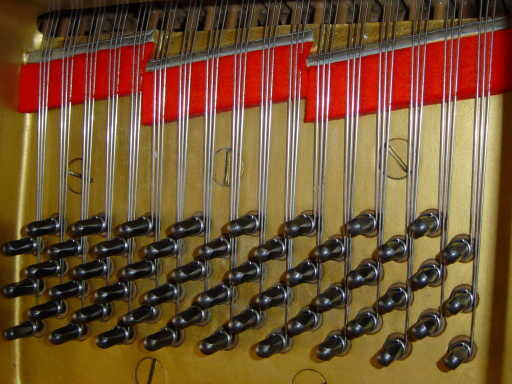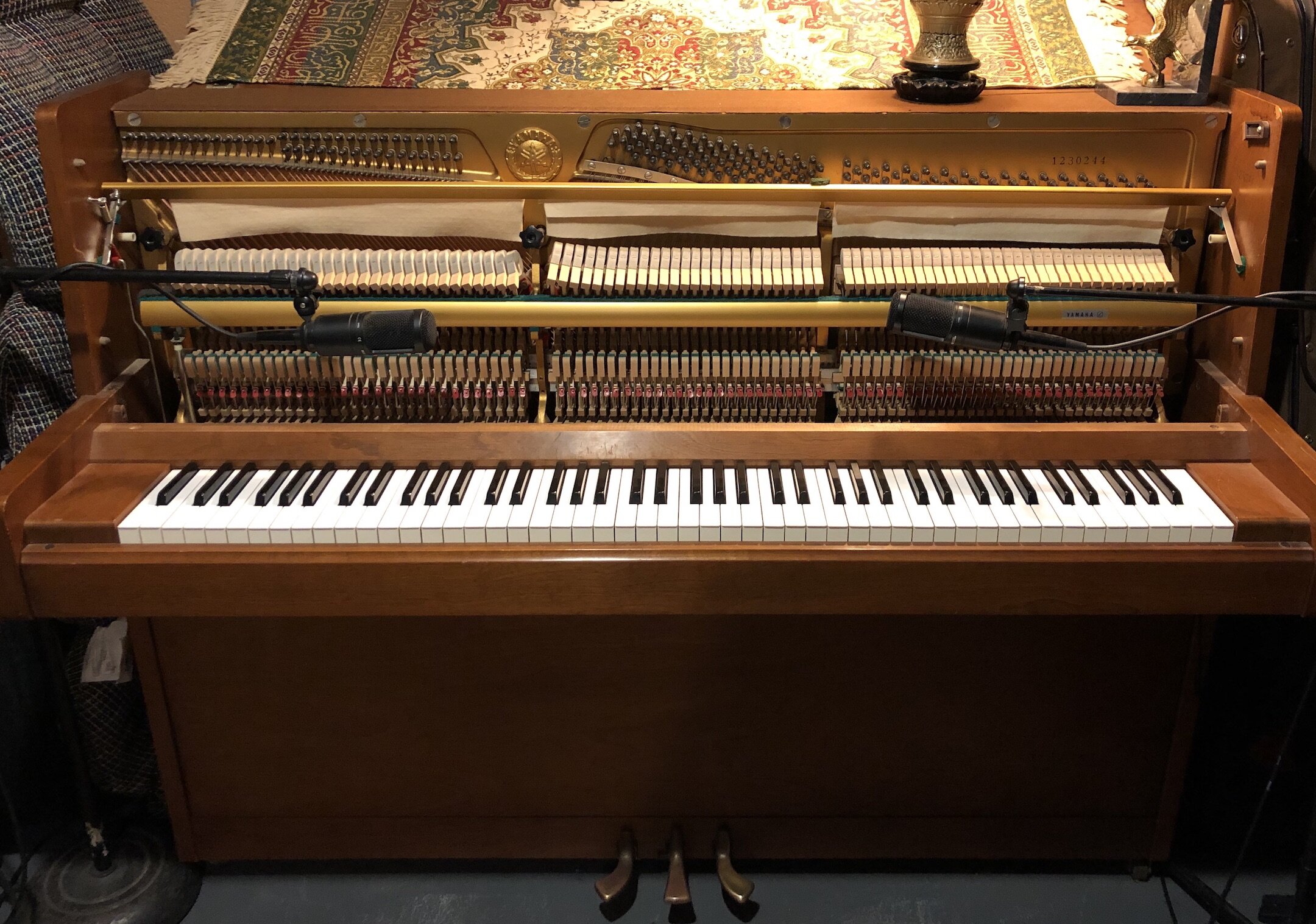Posey Piano Tuning
828 - 772 - 6271
Posey Piano Tuning’s purpose is to make it a little easier to keep your piano sounding sweet.
We perform the following services across WNC:
Regular tuning - $120
Touch-up tuning - $80
Pitch raise - contact with inquiries
Voicing and repair - contact with inquiries
Piano moving (all pianos) - contact with inquiries
Dampp-Chaser humidity control system (installation)
Why does my piano go out of tune? Do I really need to tune it regularly?
The single best way to preserve the quality of your piano is to schedule regular tunings: every 3 - 6 months, even if the instrument isn’t being played. Here’s why…
A piano makes a sound when felt hammers strike against tightly-wound strings. Those strings are held in place by metal tuning pins - or, ‘anchors’ that are secured to the piano’s frame. When your piano starts to sound off, it means that one of your strings has become loose - - it means that the tuning pin did its best to hold the string in place… but something happened to make it lose tension, and now the note sounds peculiar.
Tuning pins are held in place because they’re drilled into dozens of layers of wood. Each layer has a different ‘grain’ - - in short, each layer of wood acts like a ‘pin’ that secures the tuning pin in place. Those grains of wood are the ‘muscles’ that hold your piano’s pins in place. Strong pins can hold your strings in just the right place.
But even the strongest pins will lose their grip over time. This always happens - and it’s normal.
Here’s the reason:
Every time you play a note - a felt hammer strikes the strings to produce a vibration (sound). That vibration travels from the strings to two important places: the ‘sound board’ (a flat plane of wood that amplifies and shapes the sound) and the pins / ‘anchors’ mentioned above. The pins (and multiple layers of wood keeping them strong) absorb the vibration from the strings/hammers - - but it makes them tired. Every vibration causes the pin to slip a teeny tiny bit - bringing the note a sliver out of tune. (A healthy piano usually requires several hundred strikes for your ear to notice the change). When their grip slips too much, your piano sounds wonky, and it’s time for a tuning!
The materials in your piano (metal pins, layers of wood, metal strings, wood sound board) are always responding to the temperature / pressure / humidity in their environment. Changing seasons, or even small temperature changes throughout the day can cause these components to expand, contract, and change shape. Every small change causes your pins / anchors to lose hold of their strings - and it’s time for a tuning!
The benefits of regular tuning:
A regular tuning schedule has the same affect on your piano that regular exercise has on your muscles. The wooden components in a piano remember their shape - and they learn to hold that shape over time (much like a tree learns to wrap itself around an immoveable object) specially if they’re trained to hold the exact right shape on a regular basis.
A piano that is well-loved but has not been tuned in many years will remember how to sound out of tune and might require a series of tunings in order to learn how to hold a beautiful pitch again.
Likewise, a piano that is tuned every 3 - 6 months will remember the precise way to support each string, and will become better at doing so with each tuning.
"A well-tuned piano is hard to find...
...wait too long, you'll have the 'other kind’.
When you sit down to play your favorite song,
You strike a note - *it’s sour* - 'cuz you waited too long.
You promise friends; it’s not that you’re lazy..
You’ll get it tuned and then you’ll sound like Count Basie!
To keep your piano nice, take my advice:
Tune it every 6 months, or 8 if you must..
No matter if you play it, or it’s collecting dust.
Oh, a well-tuned piano shouldn't be so hard to find.”









